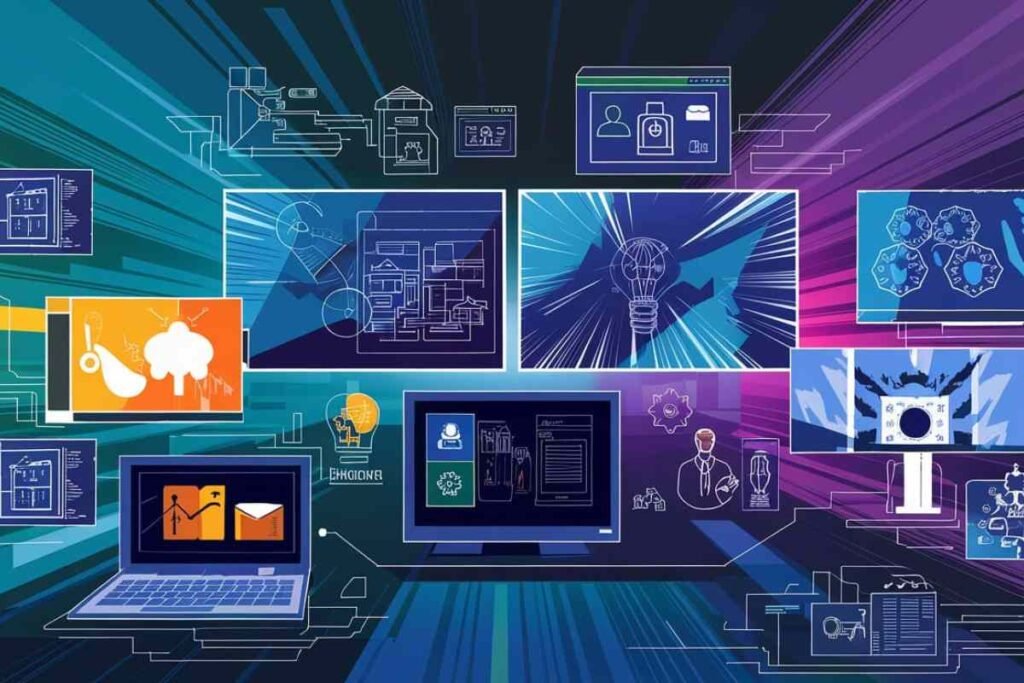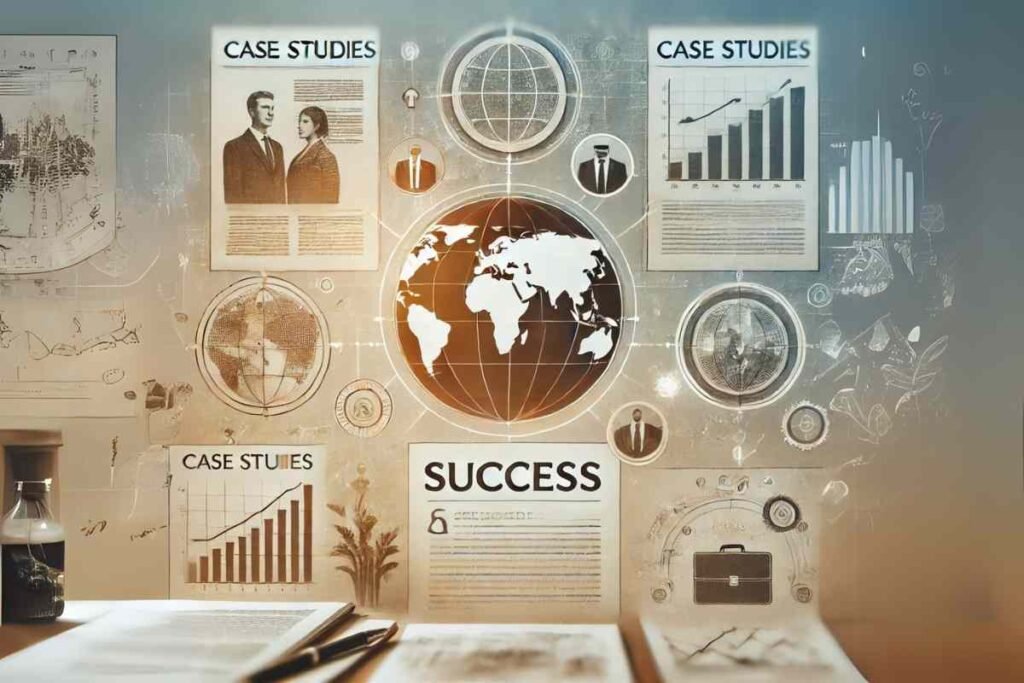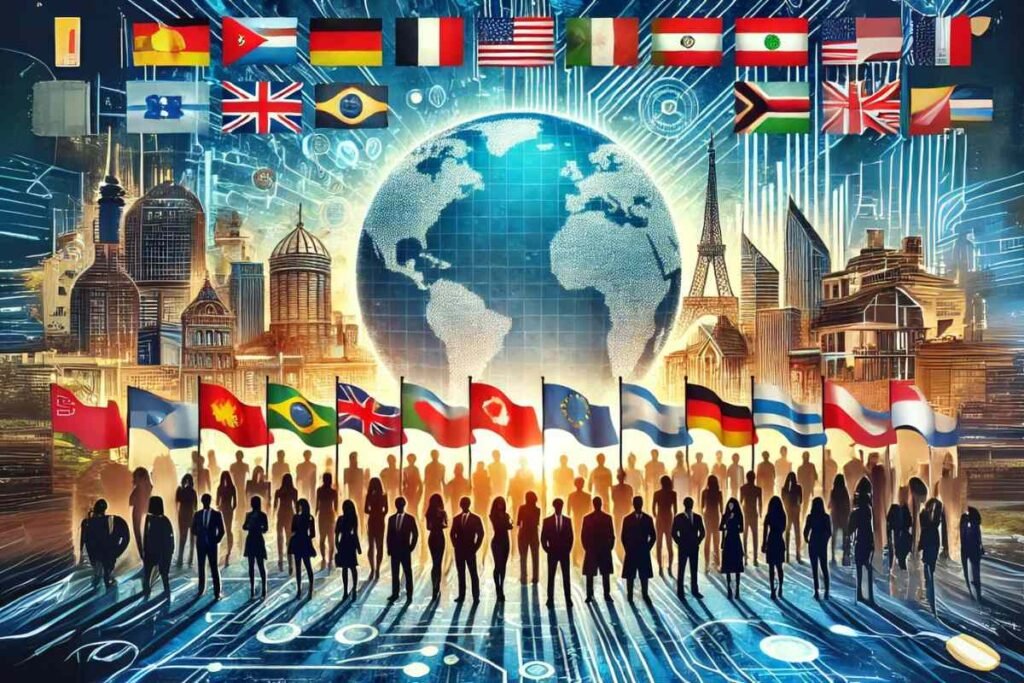In an increasingly interconnected world, effective communication transcends borders, fostering understanding and collaboration across cultures. At the heart of this global interaction lies преводеч—translation—a vital tool that bridges linguistic divides and empowers diverse communities.
This article explores the multifaceted role of преводеч in promoting cross-cultural harmony, boosting international business, and preserving cultural heritage.
The Evolution of Преводеч

The journey of преводеч dates back to ancient civilizations, where scribes and scholars translated texts to share knowledge.
From religious manuscripts to literary works, translation has shaped human history, enabling the spread of ideas and fostering cultural exchanges.
Modern преводеч encompasses a wide array of fields, including technology, business, and entertainment. Why Преводеч Matters in Today’s World
Globalization and Connectivity:
Преводеч eliminates linguistic barriers, allowing businesses and individuals to connect with global audiences. Whether expanding into new markets or fostering international partnerships, translation is indispensable.
Cultural Preservation:
By translating literary and historical texts, преводеч safeguards cultural legacies, making them accessible to future generations.
Key Features of Effective Преводеч
Effective translation ensures accuracy, capturing the essence of the original message while respecting linguistic nuances. It also emphasizes cultural sensitivity, adapting content to resonate with the target audience’s values and traditions.
Consistency is crucial, maintaining uniform terminology and tone across all translated materials to preserve the integrity of the message.
Together, these features ensure that translations are not only linguistically precise but also culturally relevant and clear.
Accuracy:
Accuracy in translation is essential to ensure that the original message is faithfully conveyed without distortion. It involves not just literal word-for-word translation but also capturing the intended meaning, tone, and context, ensuring the message remains true across languages.
Cultural Sensitivity:
Cultural sensitivity in translation goes beyond words to consider the cultural context of both the source and target audience. It ensures that the content is respectful, relevant, and appropriate, avoiding misunderstandings or offenses by acknowledging cultural norms, values, and traditions.
Consistency:
Consistency in translation is crucial for maintaining a uniform tone, terminology, and style throughout the content. It ensures that key terms are translated consistently across all materials, preserving clarity and reinforcing brand identity, while helping the audience understand the message without confusion.
Applications of Преводеч

Translation plays a vital role in various sectors, such as business, education, and entertainment. In business, accurate translations help companies expand into international markets, craft targeted marketing campaigns, and communicate effectively with global clients.
Business Expansion:
Accurate translations enable companies to enter foreign markets, craft persuasive marketing campaigns, and communicate effectively with global clients.
Education:
In education, translation plays a pivotal role in making academic knowledge accessible to diverse audiences. It enables students and researchers from different linguistic backgrounds to access textbooks, research papers, and e-learning materials, fostering global collaboration and enhancing learning opportunities.
Entertainment:
In entertainment, translation bridges cultural gaps by making films, books, music, and other creative works accessible to a global audience. It allows these works to resonate with people from different linguistic and cultural backgrounds, ensuring they appreciate the nuances, emotions, and themes across languages.
Challenges in Преводеч
Despite its significance, преводеч faces obstacles:
- Linguistic Complexity: Some languages lack direct equivalents for specific terms, requiring creative solutions.
- Machine Translation Limitations: While technology aids speed, it often falls short in capturing idiomatic expressions and cultural nuances.
- Resource Availability: High-quality translation services may be costly or scarce in certain regions.
The Role of Technology in Преводеч
Technology has greatly enhanced the efficiency and reach of translation services. AI-powered tools like Google Translate and DeepL provide quick translations, helping users break language barriers instantly. However, human oversight remains essential for ensuring accuracy and context.
Additionally, technology has enabled localization, adapting content to local cultures, currencies, and idiomatic expressions, making translations more relatable and tailored to specific audiences.
AI-Powered Tools:
Artificial intelligence has revolutionized преводеч, offering tools like Google Translate and DeepL for quick translations. However, human oversight remains essential to ensure contextual accuracy.
Localization:
Localization goes beyond translation by adapting content to fit the local culture, customs, and preferences of the target audience. This process includes modifying elements like currency, date formats, and idiomatic expressions, ensuring the content feels natural and relevant to the local community.
Benefits of Преводеч
- Enhanced Communication: Promotes mutual understanding between diverse cultures.
- Economic Growth: Drives international trade and investment by breaking language barriers.
- Cultural Exchange: Facilitates the sharing of art, literature, and traditions globally.
Case Studies Showcasing Преводеч Success

Several real-world examples highlight the transformative power of translation. For instance, a tech giant’s successful localization strategy, backed by high-quality translation, allowed it to expand rapidly in international markets.
In literature, the translation of a best-selling novel introduced its deep themes to a global audience, garnering worldwide acclaim.
Furthermore, during global humanitarian crises, translation services played a pivotal role in coordinating aid efforts, ensuring clear communication that ultimately saved lives.
These case studies demonstrate how effective translation drives growth, fosters understanding, and impacts critical global initiatives.
Global Brand Expansion:
Global brand expansion relies heavily on effective translation and localization to reach new markets. By accurately translating marketing materials, product descriptions, and customer service communications.
Businesses can connect with international audiences, build trust, and establish a strong presence in diverse regions, driving growth and brand recognition worldwide.
Literary Milestones:
Literary milestones highlight the significant impact of translation in bringing acclaimed works to global readers. Through translation, best-selling novels and timeless classics can reach new audiences, allowing their themes, stories, and cultural significance to be appreciated worldwide, often gaining international recognition and critical acclaim.
Humanitarian Efforts:
In humanitarian efforts, translation is essential for coordinating international aid and ensuring clear communication during crises. By providing accurate translations of relief materials, medical instructions, and emergency announcements, translation helps save lives, facilitates cooperation between organizations, and ensures that affected communities receive the support they need effectively.
conclusion:
In a world where global interaction is at an all-time high, translation plays a crucial role in fostering cross-cultural communication, boosting international business, and preserving cultural legacies.
As technology advances, the evolution of translation services will continue to break down language barriers, ensuring that messages are delivered accurately, sensitively, and consistently.
Whether in business, education, or entertainment, the power of translation is undeniable—bridging divides and creating opportunities for global collaboration and understanding.
FAQS
How does translation help in expanding a business globally?
It adapts business content to local languages, aiding market entry and customer trust.
What are the most common challenges faced in translation services?
Linguistic complexity, machine limitations, and resource scarcity.
How can businesses ensure their translations maintain brand consistency?
By using professional translators and style guides for uniformity.
Why is cultural sensitivity important in the translation process?
It avoids misunderstandings and ensures respect for local values.
What are the key differences between translation and localization?
Translation is text conversion; localization adapts content for cultural relevance.
Can machine translation replace human translators completely?
No, it lacks nuance and cultural understanding.
How has AI impacted the quality and speed of translations?
AI speeds up translations but still needs human review for accuracy.
What role does translation play in humanitarian aid efforts?
It ensures clear communication, aiding coordination and support.
